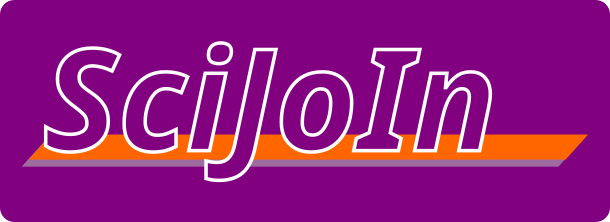Navigated transcranial magnetic stimulation of the primary somatosensory cortex evokes motor potentials in healthy humans’ flexor carpi radialis muscle - A pilot study
DOI:
https://doi.org/10.20338/bjmb.v14i3.173Abstract
Background: Although previous studies targeted S1 by TMS to investigate its effect on the corticospinal pathway, there is no evidence if such stimuli produced by TMS would distinctly be restricted to it and not reach M1 interneurons adjacent to S1.
Aim: We hypothesized that S1 vs. M1 stimulation-induced MEPs would be similar but smaller and less variable due to the focality of the magnetic pulse, considering that even if TMS is neuronavigated, the magnetic field is not selective enough and reaches M1 interneurons.
Method: Healthy volunteers (n = 8, 2 females, age: 29.9 ± 5.49y) received single-pulse TMS over each hemisphere at each intensity of 90, 100, 110, and 120% of rMT in a randomized order. MEPs from the contralateral FCR were recorded.
Results: We found no interhemispheric differences, but larger peak-to-peak amplitudes and variability of MEPs after M1 as compared to S1 stimulation. However, latency and waveforms of MEPs did not differ between S1 vs. M1 stimulation supporting the idea that TMS over S1 is not selective enough and can excite M1 interneurons thus producing MEPs on the contralateral FCR.
Interpretation: Future studies should carefully consider these results when targeting S1 with TMS even if using a neuronavigation system.
Downloads
Metrics
Published
How to Cite
Issue
Section
License
Copyright (c) 2020 János Négyesi, Takayuki Mori, Kouta Ataka, Shinichi Izumi, Tibor Hortobágyi, Ryoichi Nagatomi

This work is licensed under a Creative Commons Attribution-NonCommercial-NoDerivatives 4.0 International License.
Authors must declare that the work submitted is their own and that copyright has not been breached in seeking its publication. If the manuscript includes work previously published elsewhere, it is the author(s) responsibility to obtain permission to use it and to indicate that such permission has been granted.
Authors retain the copyright of their paper and grant the Brazilian Journal of Motor Behavior (BJMB) the right to first publish the work under a Creative Commons Attribution-NonCommercial-NoDerivatives license (CC BY-NC-ND). This license allows users to share the paper given the appropriate credit to the author and source and does not allow commercial uses and derivative materials to be produced.























